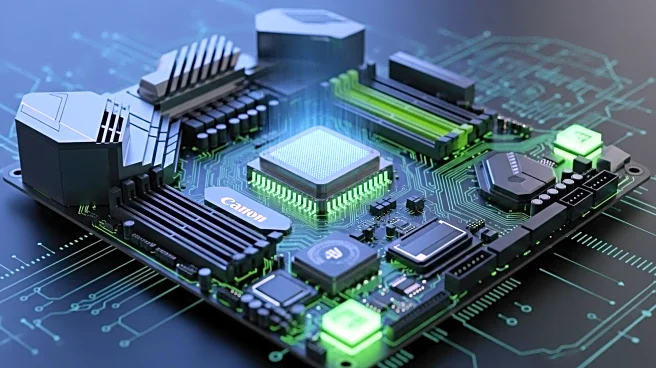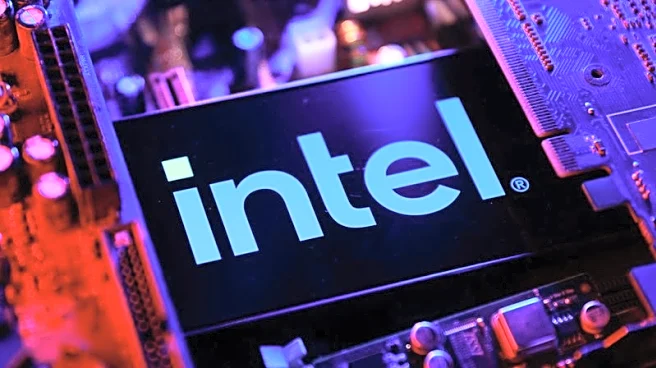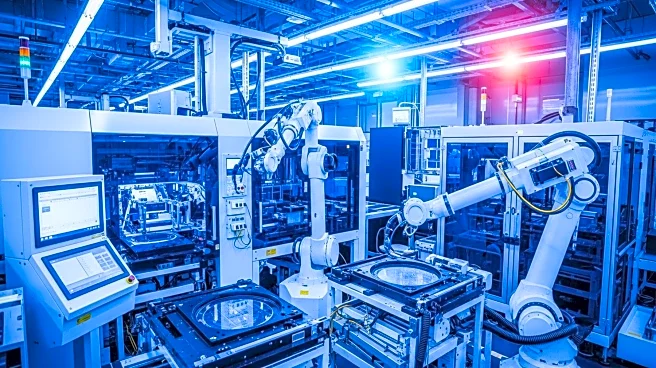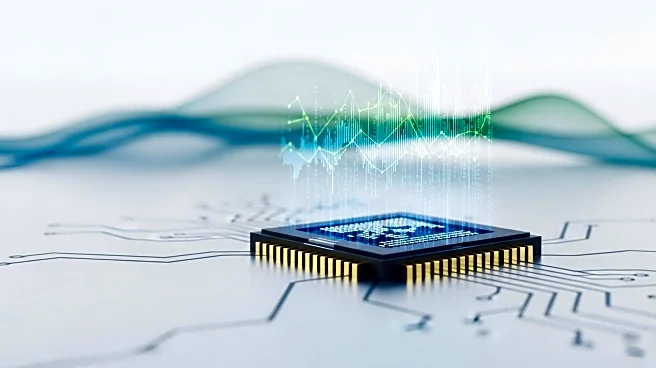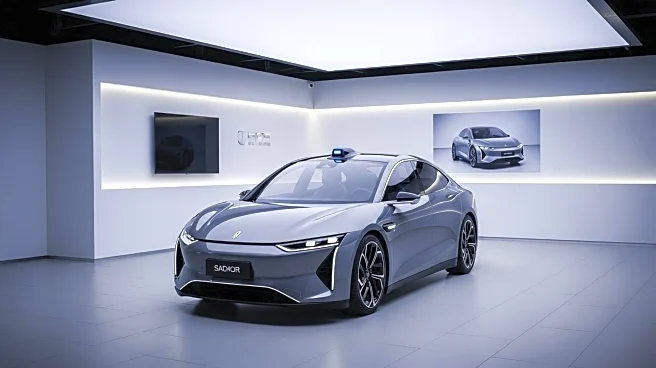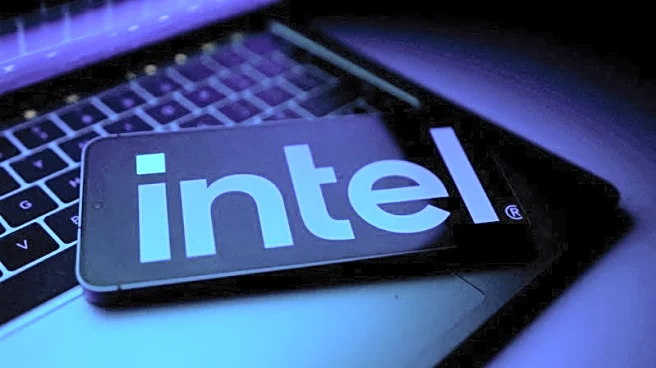What is the story about?
What's Happening?
Intel has announced its next-generation Panther Lake laptop chips, which are built on the new 18A manufacturing process. These chips aim to restore Intel's manufacturing edge and are part of the company's efforts to regain market share and innovation. The Panther Lake chips are expected to offer significant performance and efficiency gains over previous models, combining aspects of the last-generation Lunar Lake and Arrow Lake chips. Intel's new server processor, Clearwater Forest, is also being produced at its Arizona facility, Fab 52. The Panther Lake chips are anticipated to ship by the end of the year, with a more comprehensive lineup expected at CES in January.
Why It's Important?
The introduction of Panther Lake chips is crucial for Intel as it seeks to compete more effectively with rivals like AMD, Qualcomm, and Apple. These chips are designed to offer improved performance and efficiency, which could enhance Intel's position in the laptop CPU market. The new manufacturing process and chip architecture could lead to better power management and thread scheduling, making Intel's offerings more attractive to PC manufacturers and consumers. This development is significant for the U.S. tech industry, as Intel remains a key player in semiconductor manufacturing.
What's Next?
Intel plans to ship systems with Panther Lake chips by the end of the year, followed by a more extensive lineup at CES in January. The company is expected to continue refining its chip designs and manufacturing processes to maintain competitiveness. Stakeholders, including PC manufacturers and consumers, will likely monitor Intel's progress and performance in the market closely.
Beyond the Headlines
Intel's focus on AI capabilities and improved graphics performance with the Panther Lake chips could have long-term implications for the tech industry. The integration of AI and enhanced graphics could lead to new applications and innovations in computing, potentially influencing the development of future technologies.
AI Generated Content
Do you find this article useful?
